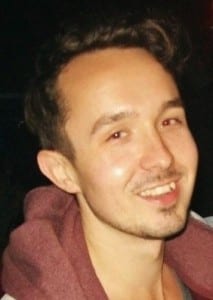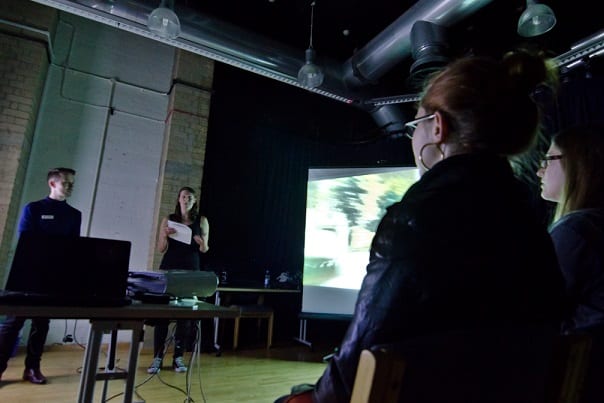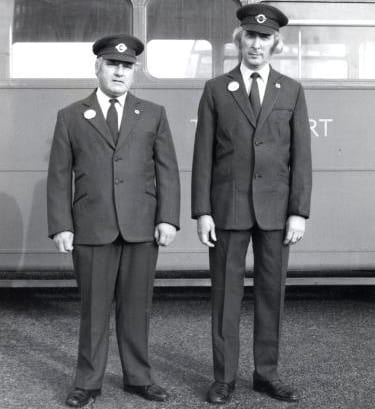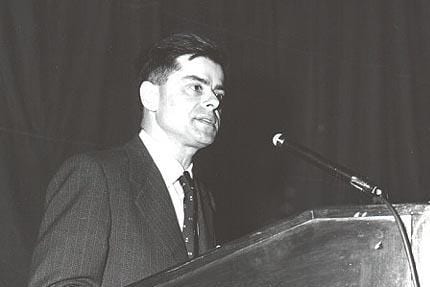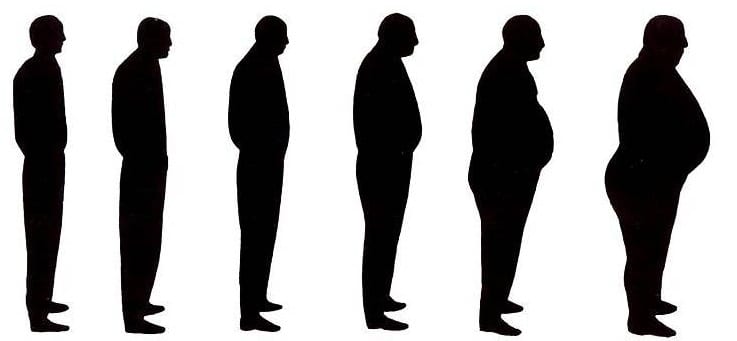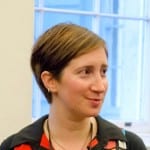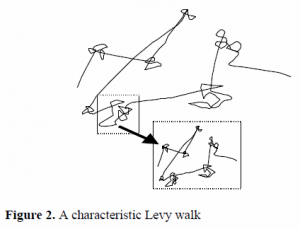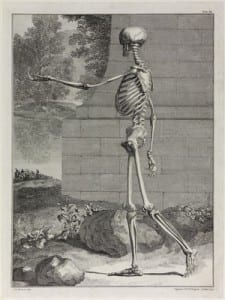Event: Migration through (Pre)History
By Josie Mills, on 28 January 2019
Migration through (Pre)History, an evening of short talks by UCL’s Student Engagers, will be taking place on Thursday, 7 February 2019, from 6:30-9pm in UCL Art Museum
Coming up in UCL Art Museum, we’re hosting a series of talks around the theme of migration, and with Brexit coming up, there’s no wonder that’s what’s on our mind!
We’d like to welcome you to join UCL’s Student Engagers Josie Mills, Hannah Page, and Jen Datiles, current PhD researchers, to explore the migration of people and the movement of objects through time and space. Inspired by the Octagon Gallery’s 2019 exhibit Moving Objects, Student Engagers will use UCL Art Museum as a space to investigate the movement of people across disciplines. Highlights include migration in prehistory and the spread of botanicals in the nineteenth century. Stick around for some wine and snacks afterward!
The event is free and will be held at UCL Art Museum on Thursday 7th of February from 6.30 – 9.00 pm.
The speakers are:
Josie Mills is a PhD candidate in the Institute of Archaeology specialising in prehistoric archaeology, applying scientific techniques to stone tools made by Neanderthals. In her PhD she is studying where flint used to make lithic artefacts comes from in order to look at movement and landscape use during the Middle Palaeolithic. She is also interested in how we, as modern humans, perceive prehistoric behaviour and the division often drawn between us and other species.
Hannah Page is a fourth year part-time PhD student in the Archaeology department. Her thesis focuses on sociocultural and political organisation and change in the early 2nd millennium AD in Uganda. Her research aims to reconstruct key aspects of life at the site of Ntuusi through the detailed archaeometric (scientific) analysis of pottery. This type of ceramic analysis can be used to understand scale and organisation of production practices, identify cultural groups and understand networks of local and long-distance trade and exchange. She is also active in running excavations and coordinating field schools and outreach events in the UK and sub-saharan Africa.
Jen Datiles is a PhD student at the UCL School of Pharmacy studying food and medicinal plants that were exchanged between Asia and the Americas via the Spanish Galleon Trade (1565-1815). Using selected plant species as case studies, her research aims to link historical documentation with modern use-knowledge of traditional food-medicines through fieldwork and work in various archives and herbaria.
As usual our events in the museum aim to be inclusive and interactive, with lighthearted discussion about the topic of the event and how this might relate to our own research areas. You can book the event by clicking here. Booking is encouraged but not essential.
We look forward to welcoming you on the night!
For more information please email josephine.mills.10@ucl.ac.uk or follow us on Twitter @ResearchEngager
 Close
Close



